The small town of Stirling is certainly a little overshadowed by the big city of Edinburgh. But here the motto is clearly: small but mighty!
Page Contents (click line to jump the text)
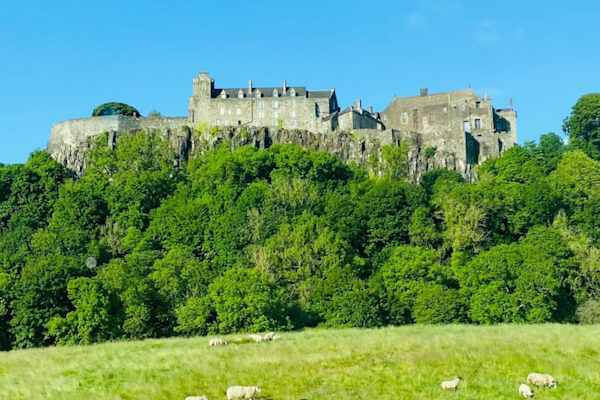
Intro and travel report
My wife and I were travelling by car on one of our trips to Scotland. We had just been to Glasgow. And now we had booked two nights in Stirling. There was supposed to be a beautiful castle there, that’s all we knew.
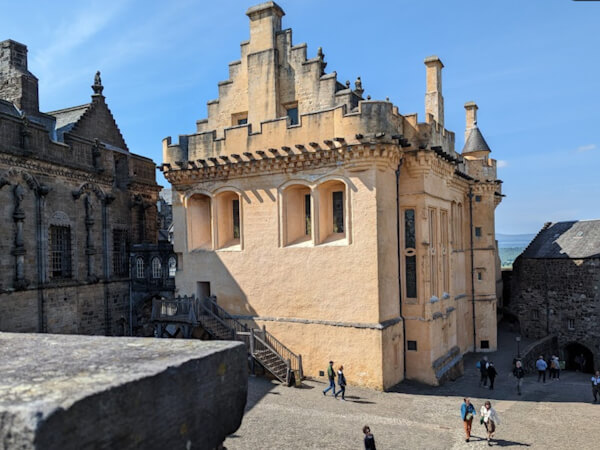
It was sometime in winter, during Advent, I think. The weather was rather uncomfortably cold and wet. So, somewhat listlessly, we went for a short walk around our B&B in the evening to find something to eat.
We found it and on the way there we saw lots of really beautiful streets with historic houses. Victorian? I’m not sure, but they were beautiful streetscapes that revealed themselves to us!
The next morning brought us friendlier weather. Much more motivated than the night before, we walked from our accommodation to the old town centre. Our impression from the previous evening continued: beautiful tree-lined avenues, beautiful streets and a really pretty old town centre with small alleyways and a pedestrian zone awaited us.
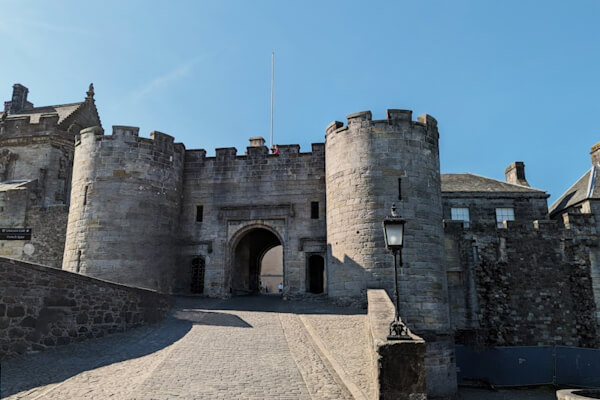
On the way, we kept seeing the castle hill and Stirling Castle towering above us.
We slowly shopped and strolled our way up the castle hill. Winding streets, cobblestones and marvellous old houses.
Mrs Rowling wrote Harry Potter at least partly in Edinburgh. She could probably have written it in Stirling too, because it looks a bit similar there. Only much smaller and far fewer people.
I then explored the castle inside and out and took lots of photos. Super beautiful and interesting! Stirling Castle was the seat of the Scottish kings for a long time before it was moved to Edinburgh.
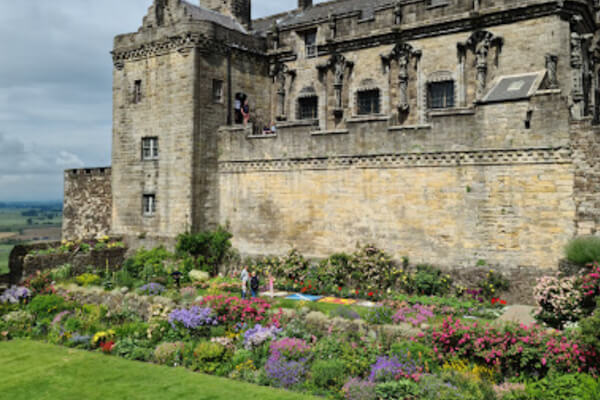
Unfortunately, I later deleted all the photos of Stirling by mistake – stupid mistake! So you’ll have to wait for this article until I get back there to take new photos, or I’ll have to temporarily download photos from the internet until I’ve taken my own again – we’ll see.
The second evening we also found another nice dinner in the old town and then drove on to the Highlands the next morning.
Stirling is considered the gateway to the Highlands and you can see the mountain ranges in the distance from the castle.
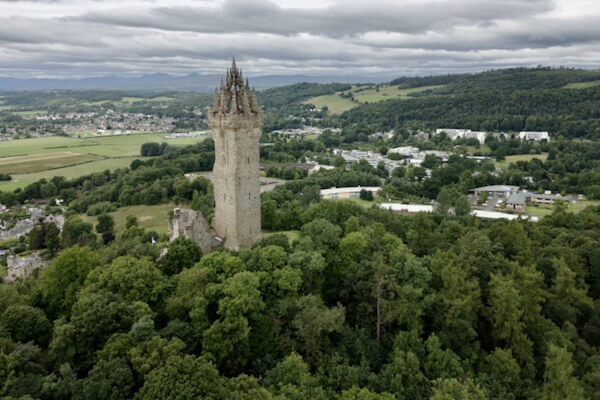
Sightseeing in and around Stirling
Stirling, in the centre of Scotland, is known for Stirling Castle, a historic castle that played a central role in the Scottish Wars of Independence and was the seat of the Scottish kings before it was moved to Edinburgh. See: https://www.historicenvironment.scot/visit-a-place/places/stirling-castle/?rsrc=stirlingcastle.scot.
In the north of Stirling is the Wallace Monument, which is dedicated to William Wallace, one of Scotland’s national heroes. The monument towers high above the landscape and offers views of the castle and the surrounding countryside. See: https://www.nationalwallacemonument.com.
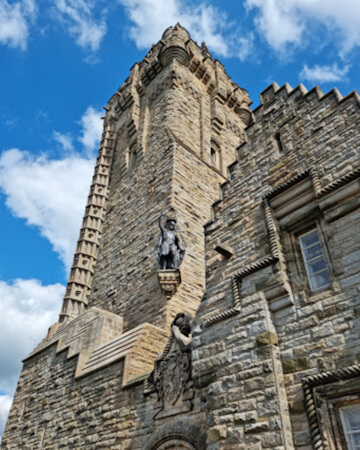
The Bannockburn Heritage Centre, which is dedicated to Robert the Bruce’s victory at the Battle of Bannockburn in 1314, is located to the south of the town. The visitor centre depicts the events of the battle. See: https://www.nts.org.uk/visit/places/bannockburn.
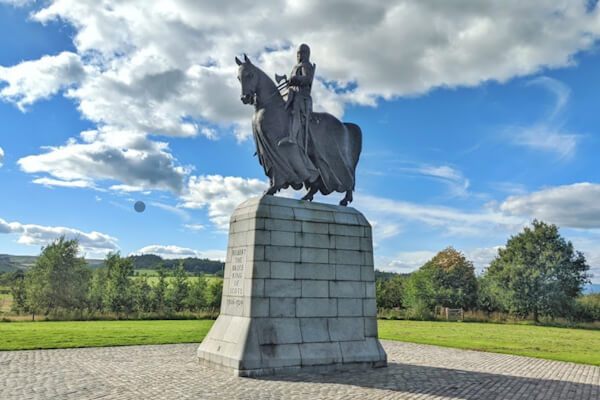
Just west of Stirling you’ll find Loch Lomond & The Trossachs National Park, a vast area of walking trails and lochs for outdoor enthusiasts. See: https://www.lochlomond-trossachs.org.
Just south of Stirling is Fallkirk, famous for the Fallkirk Wheel, a unique boat lift, and the Fallkirk Kelpies, a giant sculpture of steel horse heads. You can also admire Callendar House, a magnificent French-style manor house with beautiful gardens. See: https://www.falkirkleisureandculture.org/venues/callendar-house/, https://www.thehelix.co.uk, https://www.scottishcanals.co.uk/visit/canals/visit-the-forth-clyde-canal/attractions/the-falkirk-wheel.
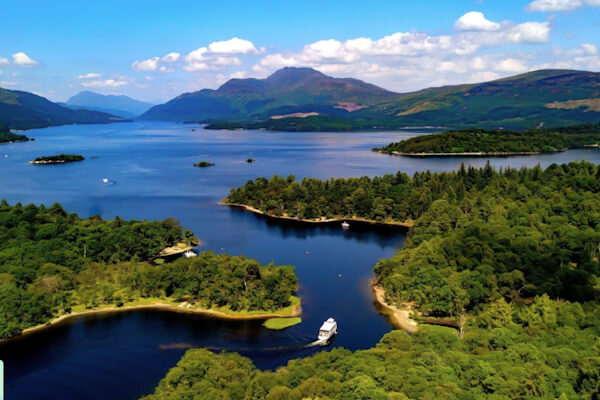
Brief history of Stirling
Stirling is located in the heart of Scotland and has played a significant role in Scottish history. The city was a strategic crossroads in the Middle Ages and therefore also a centre of power, as it was both the capital and a military centre.

Especially in the 13th and 14th centuries, during the Scottish Wars of Independence, Stirling was a key location. In 1297, the Battle of Stirling Bridge took place, in which the Scottish national hero William Wallace defeated the English troops. This victory contributed significantly to Scotland’s revolt against the English crown.
Stirling Castle was an important theatre of these conflicts and served as the residence of numerous Scottish kings, including James IV and Mary Stuart. The town experienced numerous sieges during this period and alternated between Scottish and English control several times.
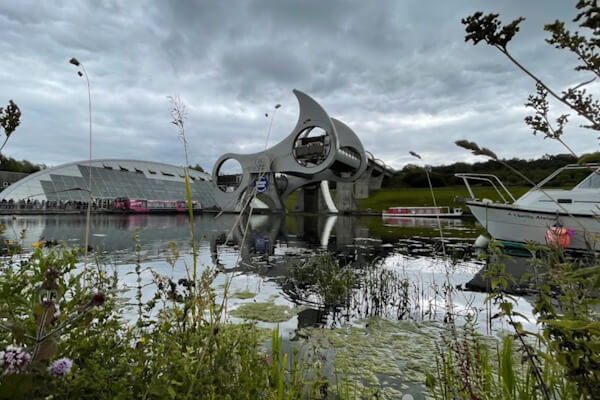
In 1314, the Battle of Bannockburn south of Stirling took place, in which Robert the Bruce defeated the English army and secured Scotland’s independence for a time.
Over the centuries, Stirling continued to grow as a commercial and administrative centre. From the 19th century onwards, the city experienced industrialisation, with textile and engineering companies playing a particularly important role.
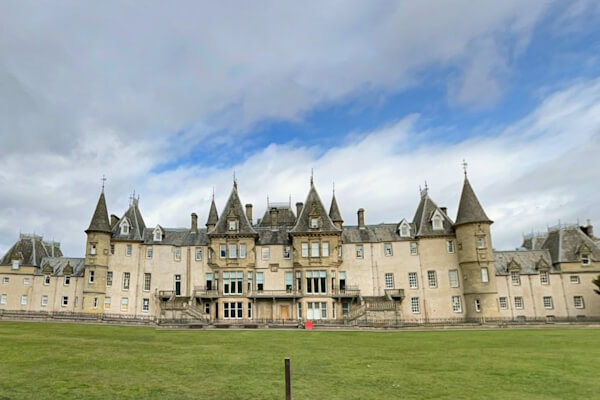
In modern times, Stirling has taken on an important educational and cultural role and is now home to one of Scotland’s most important universities.
The history of Stirling is closely intertwined with the history of Scotland, particularly with regard to the struggles for Scottish independence.
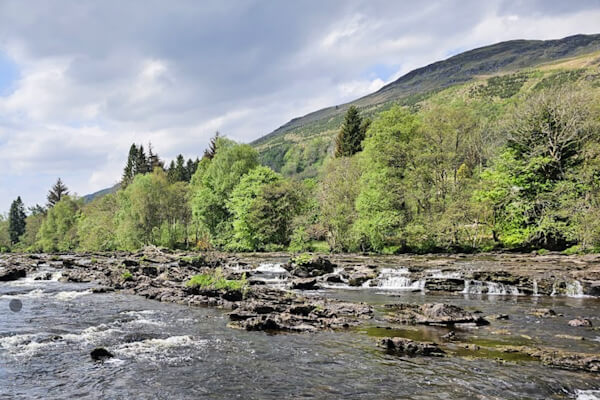
Conclusion
Stirling is like a small version of Edinburgh: a great castle, a great old town and an exciting history.
The city, and the castle in particular, rise up from a rather flat landscape that offers sweeping views across the countryside. As the gateway to the Highlands, Stirling connects the rich Lowlands and the large cities with the wild and barren mountains. A wonderful location!
Stirling was definitely one of our highlights on our trips to Scotland and we will definitely be back!
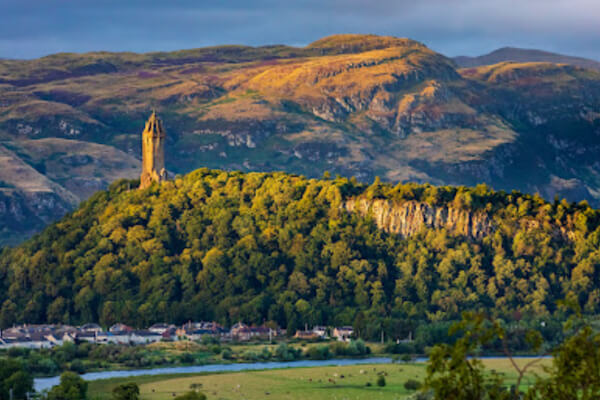
More interesting articles for you
EDINBURGH
MAGICAL SCOTTISH HIGHLANDS – TRAVEL THOUGHTS
THE ISLE OF SKYE
Picture credits cover picture: Stirling Castle (Photo: Robert on Google Maps)